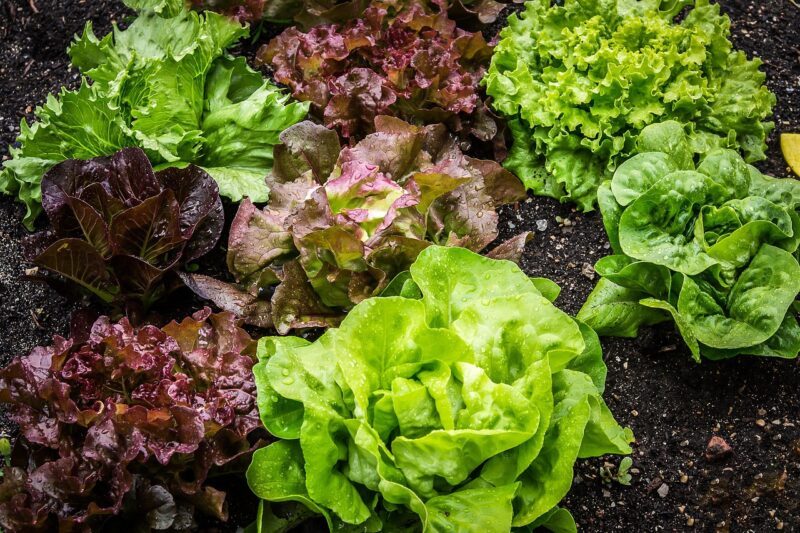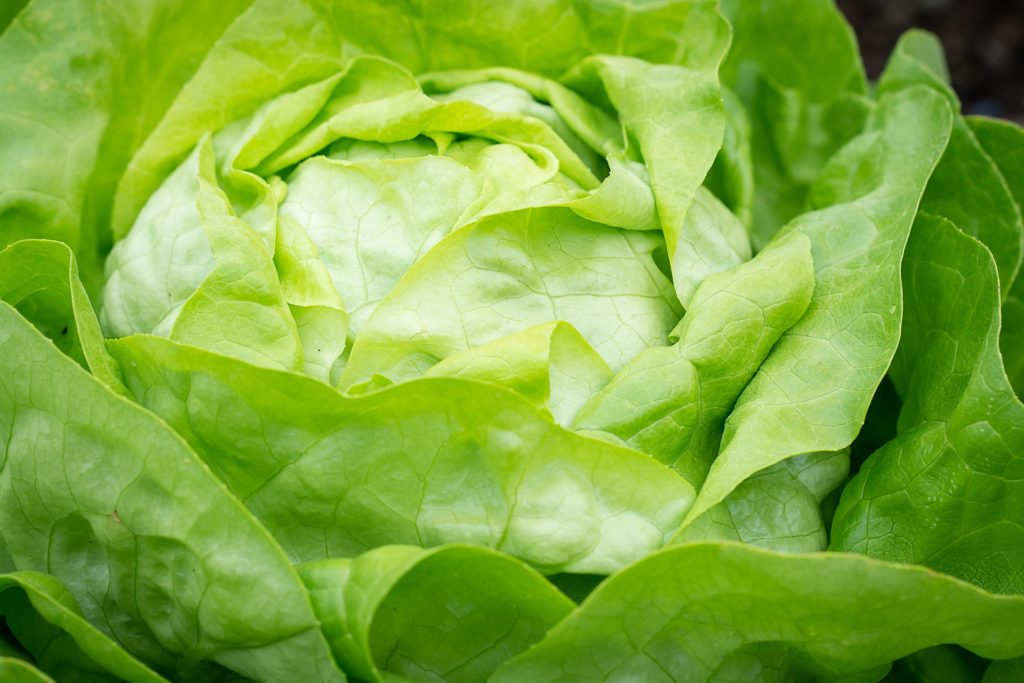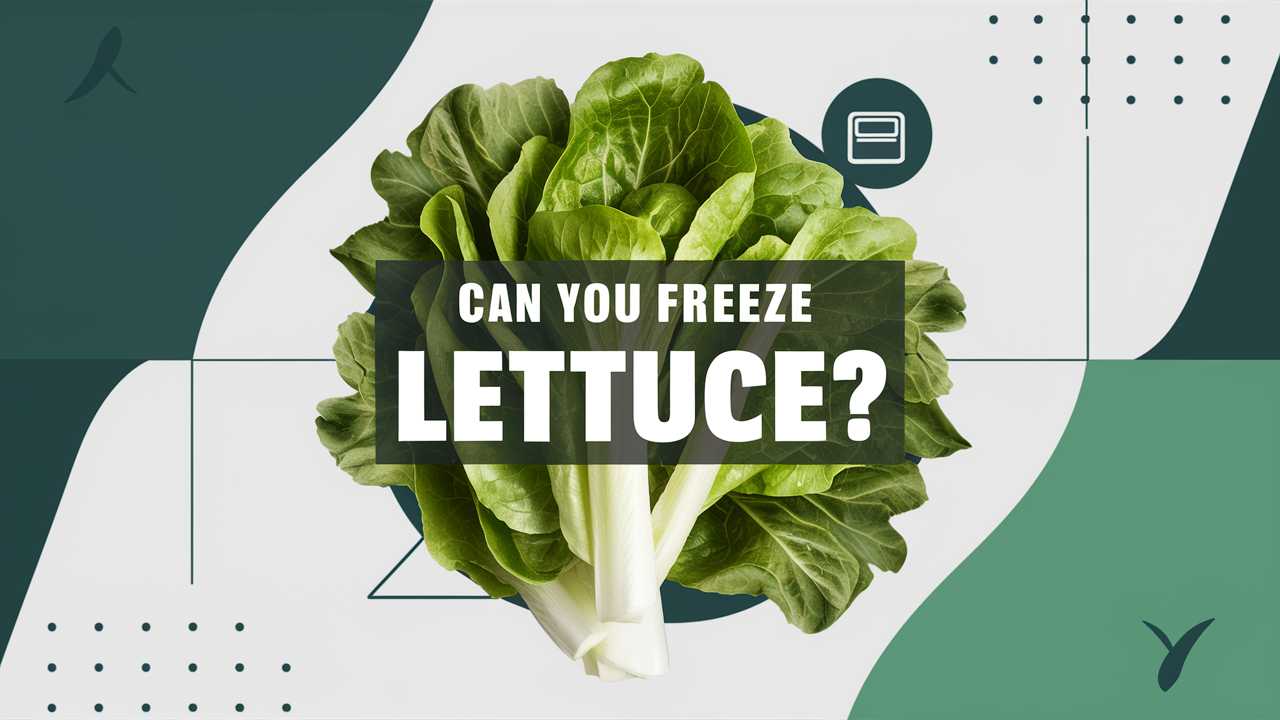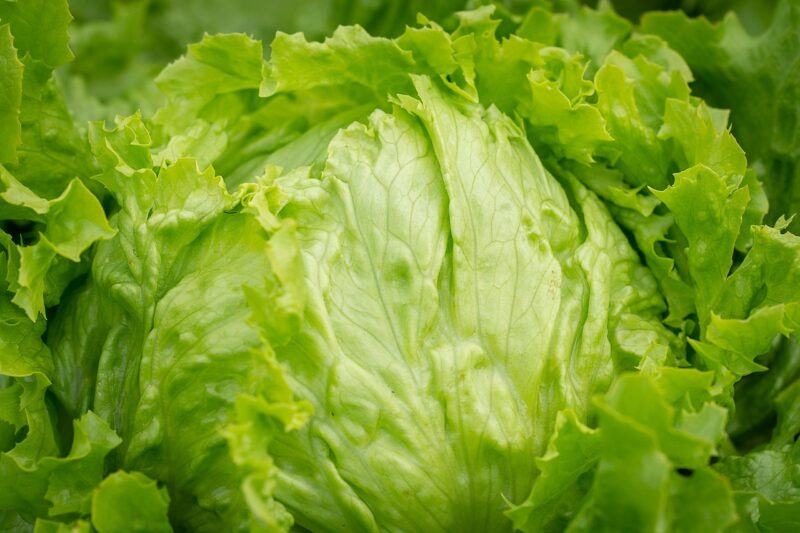When it comes to preserving food, many of us think of vegetables like carrots, peas, and beans, but often overlook the leafy greens that grace our salads and sandwiches. Among these greens, lettuce—crunchy, fresh, and versatile—holds a special place. But what happens when you have more lettuce than you can use in a week?
Can you freeze lettuce? This intriguing question warrants a thorough exploration, as it touches on food preservation, culinary practices, and the joys of sustainability.
The Basics of Freezing Lettuce
Understanding Lettuce Varieties
Before we start discussing how to freeze lettuce, it’s essential to appreciate the different types of lettuce. Iceberg, romaine, butterhead, and leaf lettuce each offer distinct textures and flavors. Iceberg, for example, is crisp with a high water content, while romaine features a sturdy structure that’s great for Caesar salads. Butterhead is known for its tender leaves and subtle sweetness, and leaf lettuce adds a variety of colors to your plate. Understanding these characteristics is vital when considering freezing methods, as they affect how well the lettuce maintains its quality after thawing.
Can You Freeze Lettuce?

The short answer is yes, but with significant caveats. Freezing lettuce can lead to changes in texture that may make it less desirable for fresh salads but can be useful in cooked dishes. High water content means lettuce tends to become limp upon thawing, which is why it is not typically recommended for raw salads post-freeze. However, if used in soups, stir-fries, or smoothies, frozen lettuce can still contribute flavor and nutrition.
Steps to Freeze Lettuce
If you decide to freeze your lettuce for later use, here’s a straightforward process to follow:
Select Fresh Lettuce: Choose lettuce that is crisp, fresh, and free of browning or wilting. The higher the quality before freezing, the better your results will be.
Wash and Dry Thoroughly: Rinse the lettuce leaves gently under cold water to remove any dirt or debris. After washing, dry them meticulously using a salad spinner or by patting them with paper towels. Excess moisture will turn into ice crystals, leading to mushiness.
Blanching (Optional): While not necessary, blanching can help maintain color and nutrients. Quickly place the leaves in boiling water for about 30 seconds, then transfer them to an ice bath to stop cooking. This step is particularly useful for sturdier varieties like romaine.
Chop or Leave Whole: Depending on how you intend to use the lettuce later, you may want to chop the leaves into manageable sizes or freeze them whole.
Pack and Label: Place the lettuce in airtight freezer bags or containers, removing as much air as possible to prevent freezer burn. Label the bags with the date and type of lettuce for reference.
Freeze: Place the packed lettuce in the freezer. Use within 3-6 months for optimal quality.
Using Frozen Lettuce
Frozen lettuce isn’t ideal for salads, but it has its merits. Here’s how to use thawed lettuce:
Soups and Stews: Toss in thawed lettuce towards the end of cooking. It will add a nice depth of flavor without significantly impacting the texture.
Smoothies: Blend frozen lettuce into your smoothies. It’s an excellent way to sneak in extra greens without compromising flavor.
Stir-Frys: Add thawed lettuce to stir-fried dishes. It can add volume and nutrients to your meals while still retaining some structure.
Addressing Common Concerns
One of the most frequent questions about freezing lettuce is whether it affects its nutritional value. The freezing process can preserve essential vitamins and minerals, although some water-soluble nutrients may be lost. However, the convenience of having greens on hand often outweighs this concern. It’s also worth noting that many frozen vegetables follow this process and remain a staple in many households.
The Science Behind Freezing Lettuce

Understanding the science behind freezing food can clarify why certain foods freeze well while others do not. Vegetables with high water content, like lettuce, have cellular structures that can burst during freezing, leading to textural changes. When water freezes, it expands, which can cause cell walls to rupture. This is particularly noticeable in lettuce, which is mostly water. Consequently, after thawing, you may find that your crisp lettuce has transformed into a limp shadow of its former self.
The Importance of Freezing Techniques
Freezing may seem straightforward, but techniques change results significantly. For lettuce, quick freezing (spreading the leaves out on a sheet and freezing them individually before bagging) can reduce clumping and improve texture. Understanding that rapid freezing leads to smaller ice crystals helps in maintaining less soggy leaves. For best results, optimal storage temperatures (at or below 0°F or -18°C) should also be monitored.
Culinary Perspectives on Lettuce
Embracing Lettuce Beyond Salads
Lettuce is often pigeonholed as merely a salad ingredient, but its versatility shines in various culinary contexts. The incorporation of lettuce into dishes can elevate it from a salad bar staple to a robust ingredient in many cuisines.
Wraps and Sandwiches: Leafy lettuce can be a great alternative to bread for wraps or sandwiches, offering a low-carb option loaded with nutrients.
Sautéed Dishes: A quick sauté with garlic and olive oil can turn simple lettuce into a delightful side. The cooking process adds a depth of flavor, making it surprisingly hearty.
Lettuce in World Cuisines: Many cultures use lettuce in unique ways. For instance, in Vietnamese cuisine, fresh lettuce leaves are used as wraps for grilled meats and herbs. Thai cuisine features lettuce in fresh salads with zingy dressings, showcasing its adaptability.
Conclusion: The Final Leaf
Freezing lettuce is not as straightforward as preserving other vegetables, yet it opens the door to remarkable culinary possibilities and sustainability practices. Imagine having a stash of frozen lettuce ready at your fingertips when the mood strikes to whip up a soup or smoothie. By mastering the art of freezing lettuce and understanding its many uses, you elevate your skill as a cook while also playing a part in reducing food waste.






